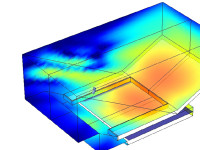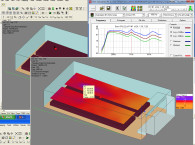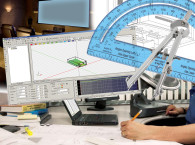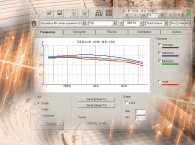
Duran Audio’s Digital Directivity Analysis (DDA) software was written by Dr. Evert Start in 2000. DDA was designed to help sound system consultants and designers simulate and optimize the directional behavior of Duran Dudio’s Intellivox and Target products. It provides access to the Digital Directivity Synthesis (DDS) technology, which is Duran Audio/JBL’s advanced beam-shaping technology, enabling any 3-D radiation pattern to be synthesized for any suitably-equipped array.
DDA is a 64-bit Windows-compatible program that provides geometric modeling, direct sound prediction, statistical room acoustics prediction, graphic visualization, radiation pattern optimization and generation of output filter files for uploading to DSP units using the WinControl software. DDA can analyze semi-open or closed spaces. DDA accommodates common loudspeaker format (CLF) speaker data, permitting the software to be used in the design of sound systems that have speakers by manufacturers other than Duran/JBL.
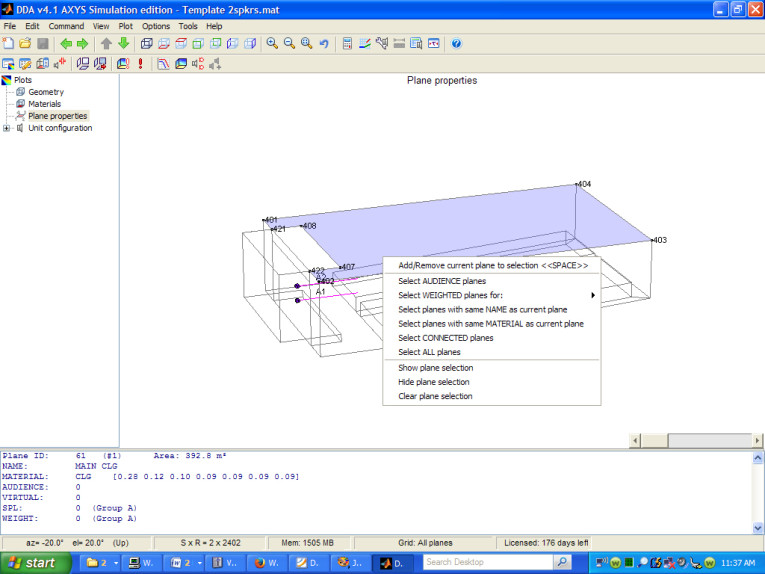
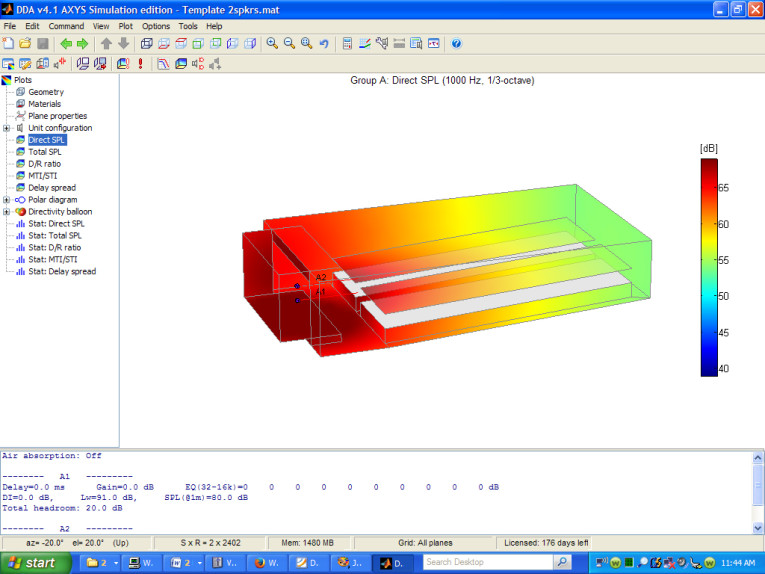
For consistency with the other software reviews published in this column, the DDA features specific to line array systems will not be discussed. Instead, we will focus on the more general acoustical and electroacoustical functions including 3-D room acoustics modeling, direct sound aiming support, and statistical acoustical prediction. Although high school-level knowledge in physics and math is helpful for most effectively using DDA, it is not essential. aX
This article was originally published in audioXpress, August 2014.
Read all other articles in the series:
ODEON Room Acoustics Software
EASE
CATT-Acoustic
Bose Modeler
Introduction - Predictive Acoustics and Acoustical Modeling Software
Read the complete article now available here.





